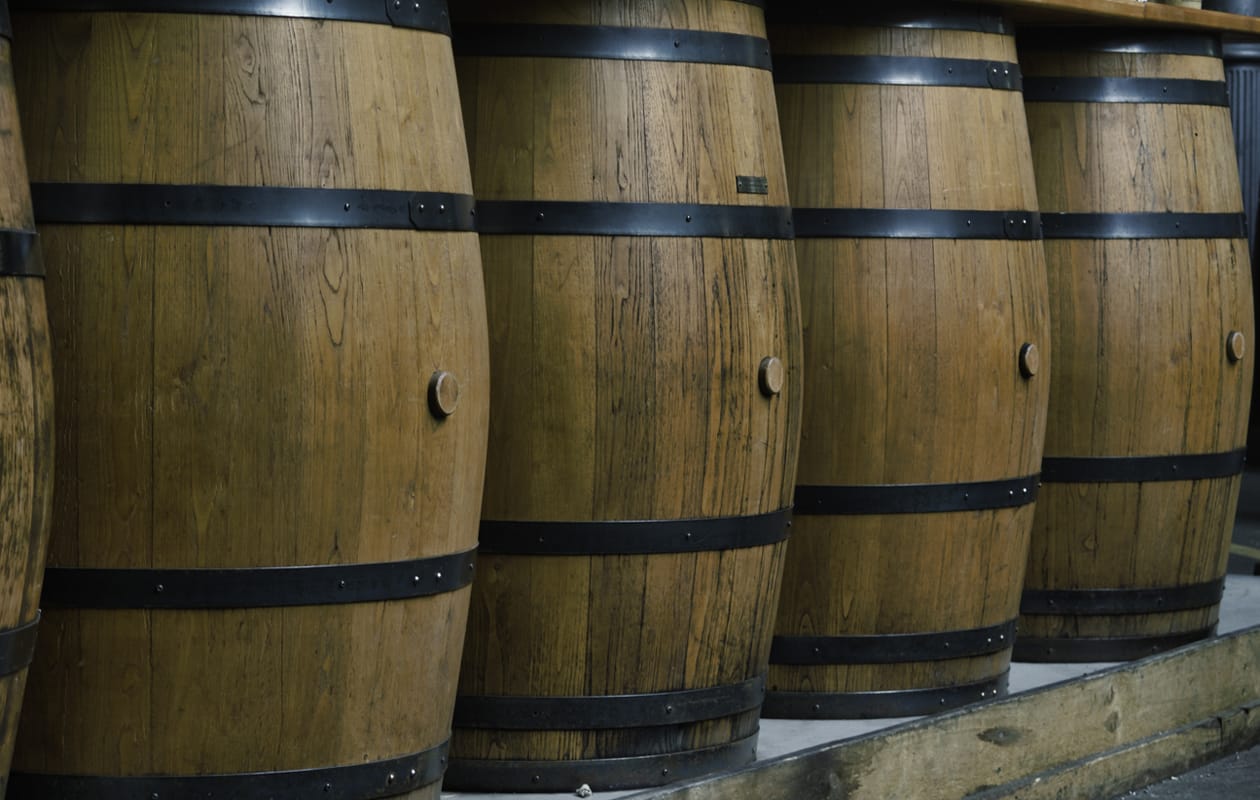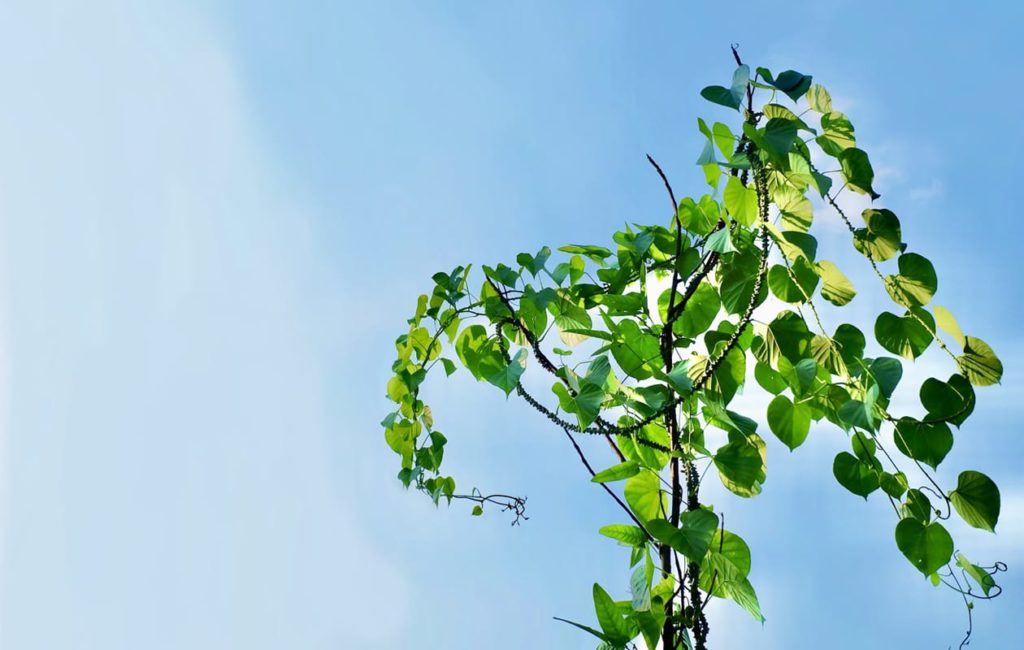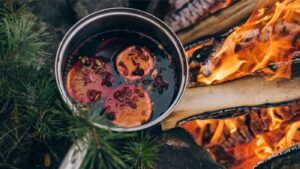The story behind every herbal formulation in Ayurveda is as rich and unique as its properties. Here’s the story behind Amrutharistham, one of the most popular recipes used by Ayurvedic practitioners.
Ayurveda teaches us that having strong digestive power, known as Agni, is fundamental for overall health. When Agni is not functioning optimally, the improperly digested food can cause Ama, a metabolic toxin. When Ama is present in the body, it blocks the energy channels and hampers the adequate absorption of nutrition at the cellular level, resulting in imbalances of various magnitudes in the body. Several time-tested Ayurvedic formulations aim to loosen and eliminate these toxins and rejuvenate the body to attain harmony of the energy channels, improve vitality, and regain optimal health.
Ayurveda defines health in a very simplified manner: it is the harmonious synergy of the body with mind, spirit, and soul. Achieving the right balance of all these factors and preserving vitality helps to prevent the onset of any disease. It also improves the individual’s overall sense of health and exuberance. Beyond mere absence of disease, attainment of this dynamically balanced state is the ultimate quest of our life. It can lead you to the path of natural resistance from ailments as well as help you live life to the fullest.
Balancing the energy channels of the body
Your body has several meridians, the Srotas, which provide nourishment and information to all the tissues in your body. Often because of stress, improper lifestyle and diet, you might experience an imbalance of your three primary energetic humors, or Doshas. This imbalance subsequently leads to some disturbances in the state of your health. A Dosha can become aggravated and impair the Agni (metabolic fire), which will lead to the accumulation of Ama (metabolic wastes), in the body. The Ama is a slimy, sticky substance that blocks the Srotas and further hampers the Agni. This self-perpetuating, mutually reinforcing cycle ultimately has detrimental effects on your wellbeing.
Ayurveda offers several protocols on how to deal with dampened Agni and Ama accumulation, depending on the level of imbalance. For minor imbalances, intake of herbal formulations instantaneously boosts your energy by eliminating Ama. At a more serious level, the elimination regimen also includes thorough cleansing, or Panchakarma, to eliminate impurities, reboot the energy channels and reinstate balance of the Doshas. Whether simple or complex, the healing protocol will incorporate one more multiple herbal formulations which are detailed in the Vedic texts. For this reason, learning about these formulations and Ama-alleviating herbs marks a significant step towards the journey of becoming an expert Ayurvedic healer.

Amrutha: the divine herb
Ayurveda is derived from the Vedas, or ancient texts from the Vedic period of present-day India. Therefore, the name, use, and origin of many herbs and formulations are intertwined with Hindu mythology. The name Amrutha (Tinospora cordifolia) is derived from the concept of heavenly ambrosia. Amrutha is the hidden secret of longevity of the celestial beings. When consumed, it bestows one with eternal youth and vitality. It is also commonly referred to as Guduchi or Gulwel.
In the sacred Hindu text of Ramayana, it is mentioned that when Ravana, the demon king who abducted Sita, the wife of King Rama, a battle ensued which led to the death of Rama’s monkey army. A very disconsolate Rama requested Lord Indra, king of Gods, to resurrect his dead army, and upon hearing his wish, Lord Indra sprinkled nectar from heaven to revive the army. As the drops of nectar touched the monkeys, each one of them came back to life, and the drops which fell on Earth, sprouted into the holy Amrutha plant. For the same reason, this herb is considered to be full of life force and is highly revered and widely used in Ayurveda.
Being an adaptogenic herb, Amrutha promotes the normal expression of the immune system by improving the reaction to external stressors. This function is served while also giving optimal digestive support by eliminating Ama and hence supporting the body’s natural cleansing process.
Principles behind the formulations in Ayurveda
Ayurveda considers that everything in the universe is comprised of the Panchamahabhutas, so if we properly assess their Rasa (taste), Guna (properties), Veerya (potency), Vipaka (post digestion effect), Prabhava (special properties) and Karma (action) and prepare them properly , everything can be used as a medicine. Along with the five fundamental formulations: Swarasa (freshly extracted juice), Kalka (paste of drugs), Kwatha (decoction), Phanta (hot infusion) and Hima (cold infusion), many secondary formulations such as Choorna (powders), Arishtams (fermented supplements), Gulikas (tablets), Ghritas (medicated ghee), Tailam (herbal oils) are used in clinical practice as needed according to the practitioner’s rational. The processing varies according to which active form will be most suitable and assimilate the most easily. Arishtams like Amrutharishtam are fermented herbal decoctions that are very potent and known for their long processing time, and a pleasant, appetizing flavor.

Amrutharishtam: the Ama annihilator
Amrutharishtam is a recipe mentioned in the Ayurvedic texts Sahasrayogam and Bhiashajyaratnavali. It is an herbal supplement prepared using the decoction of Amrutha along with many other potent herbs and spices. This mixture is then allowed to self-ferment in large wooden vats for a month. This long process of fermentation allows the properties of the herbs to be extracted into an easily palatable form, while accelerating the therapeutic action and enhancing the formulation’s concentration. Amrutharishtam balances the Tridoshas and supports the natural cleansing of Ama. This helps to promote normal digestive functions and improve the functioning of body channels. Removal of Ama increases the bioavailability of nutrients in the body, thus supporting a healthy physiological flow.
Amrutharishtam is a strong deterrent to Ama as it gently aids in cleansing the body channels from the unwanted accumulation of wastes that hampers the normal functioning of tissues.
Unveiling the secrets of herbal formulations and their preparation
Expertise in selecting and combining the perfect fusion of herbs into formulations is inevitable in the path to becoming a successful Ayurvedic healer. The root Vedic texts of Ayurveda provide recipes for thousands of formulations in vast details for various clinical situations. When used in the right context, dosage, form, and combined with the right adjuvants, these formulations will give you impressive results in various health conditions. Keeping in mind all these factors, Kerala Ayurveda Academy has developed a series on Vedic formulations and their clinical applications. During this series, you will receive an overview of the preparation, specific indications, dosage forms, appropriate adjuvants with special precautions, do’s and don’ts and how they work in real client scenarios all under the expert guidance of Vaidya. Jayarajan Kodikannath.
Ancient Ayurvedic texts are a treasure house of relevant information on varied conditions and how to comprehensively address them with a synergistic approach. This multifaceted approach can be deciphered only under the guidance of an accomplished clinical practitioner. Once you understand the underlying principles of these formulations, you will become a skilled independent healer adept at managing disorders with renewed confidence. Like every practitioner before you, your own clinical practice will provide you the experience for accruing deeper wisdom of herbal healing.





